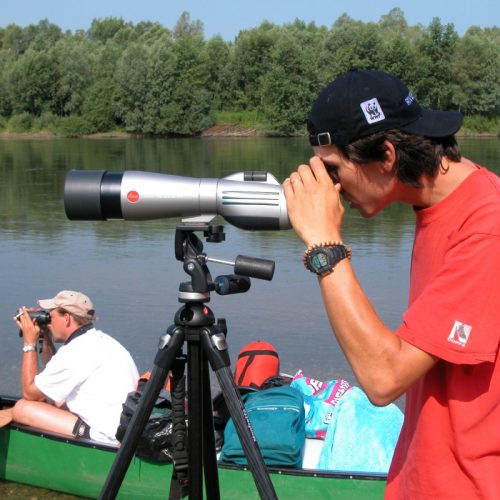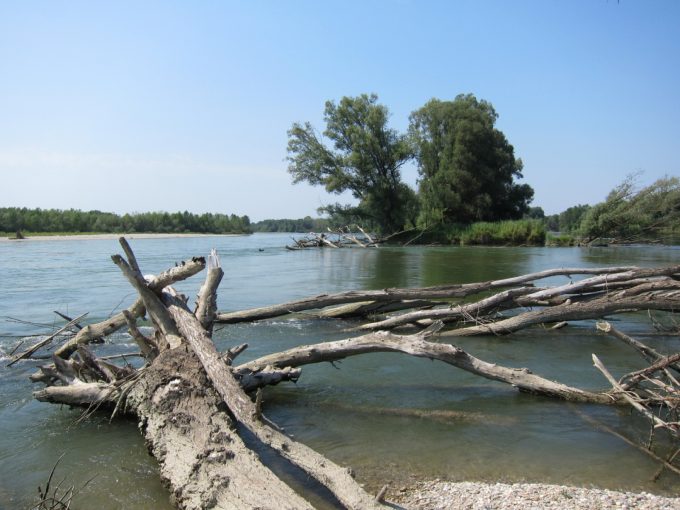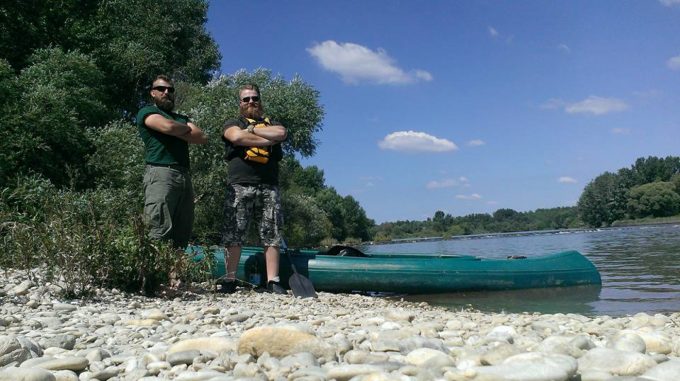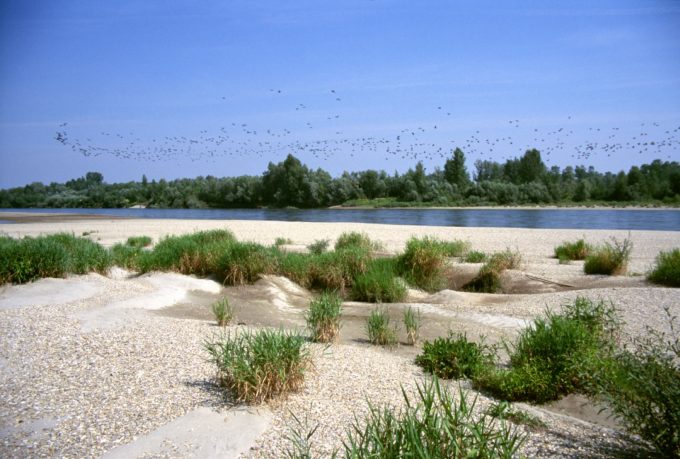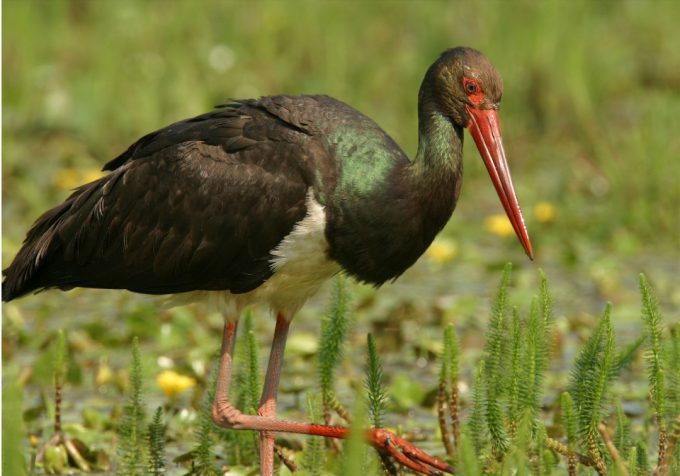News
Riverwatcher – working in conserving the Drava for future generations
Natural stretches of Drava, Mura and Danube have been under pressure through regulation, gravel and sand excavation and other exploiting practices. The practice of sediment excavation seriously harms the rivers by lowering the groundwater level, which in turn has negative effects on agriculture, forests, drinking water sources and therefore also on local people. River regulation and sediment excavation are outdated, often contradict EU legislation and counteract international efforts of nature protection.
Moreover, many of these activities take place without the knowledge of the public or local residents. Therefore, in order to stop these harmful activities, it is important to regularly monitor the rivers, record ongoing and new cases of harmful practices and report them to the authorities in charge. And this is where Rafting Club Matis comes into play, as they are part of the Riverwatch initiative to guard “their” Drava. The Riverwatch team is a vital part of the TBR MDD project as their monitoring work help to hopefully stop projects before they can cause serious damage to the rivers.
Rafting Club Matis is the newest member of the Riverwatch Team. Why did you decide to join?
The Drava River is what we all have in common and it connects our country. As little kids our parents took us there to teach us how to swim, we threw stones into the water, tried to catch fish (with only little success) and although we got bitten to shreds by the mosquitoes, we loved spending time on the river. As teenagers, we would come down here to light a campfire, learn how to fish properly, explored nature and simply had fun being outside, enjoying the beauty of nature. We also learned how to kayak, so when we got the chance in the beginning of 2015 to join the Riverwatch team, we didn’t hesitate for a minute. After several months of preparation and training we were then ready for the first Riverwatch monitoring trip in June.
So why are we doing it? The answer should be clear from what we just said: we want to enable future generations to enjoy the Drava River in the same way as we did when we were young.
What skills are needed to become a “Riverwatcher” and how can people join or support your work?
In my personal opinion, anyone who shares the same love for nature and rivers and who wants to do something for conservation can become a “Riverwatcher”. However, it is an advantage that we know the river stretch we monitor very well and also that we have plenty of experience in navigating the boats on the river which includes reading maps, the actual navigation and being able to cope with being exposed to the elements.
Anyone can join us on a monitoring trip and we noticed that more and more people get active on their own accords if they, for example, notice some pollution, excavation activities or construction works along the river. What we also like to achieve is more efficient communication with relevant authorities in order to get complaints quickly and efficiently processed.
How does a typical day on the river look like? How long does it take for example to plan the routes or the monitoring time?
Preparations begin about a week before the monitoring trip. Due to the fact that most Riverwatchers have other full-time jobs, the trips are mostly done at the weekends. We cover about 50 river kilometres, from the border with Slovenia to Lake Dubrava. To monitor the whole stretch we need, including organising everything, about 2-3 days.
What are the most interesting things you discovered or reported during your last trip?
Probably the sighting of the rare black stork, we were lucky enough not just to see it, but we also recorded it on video. Also seeing colonies of sand martins, kingfishers, herons and other bird species is always a highlight during our trips.
